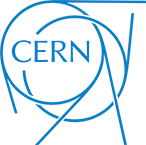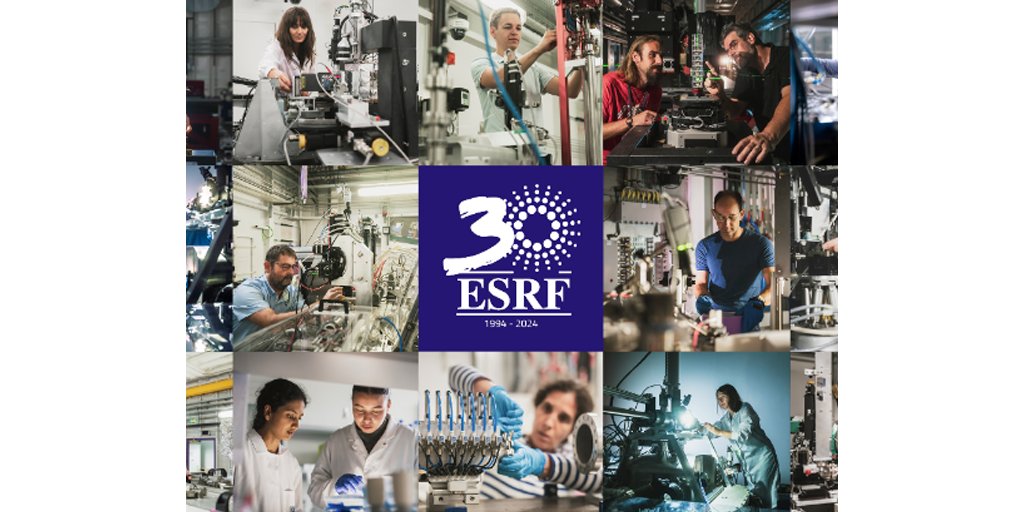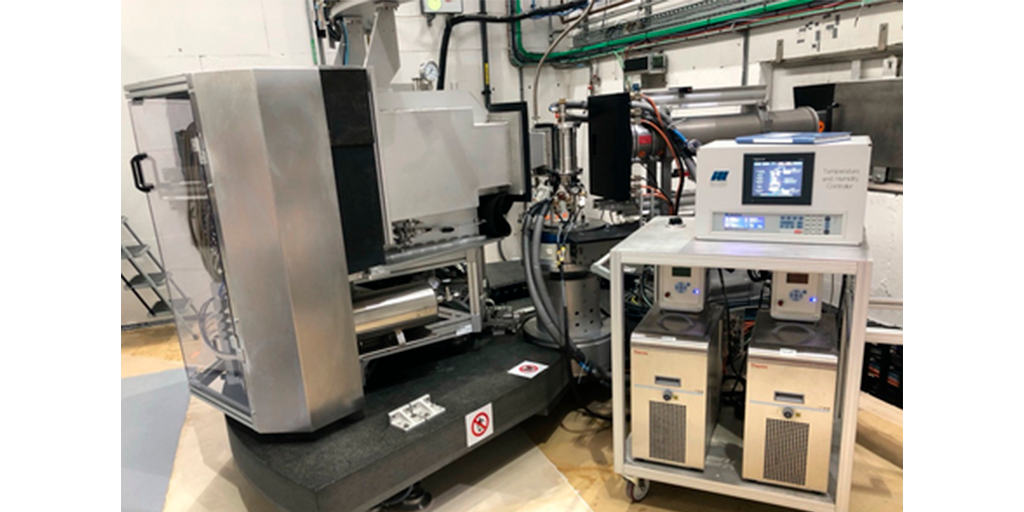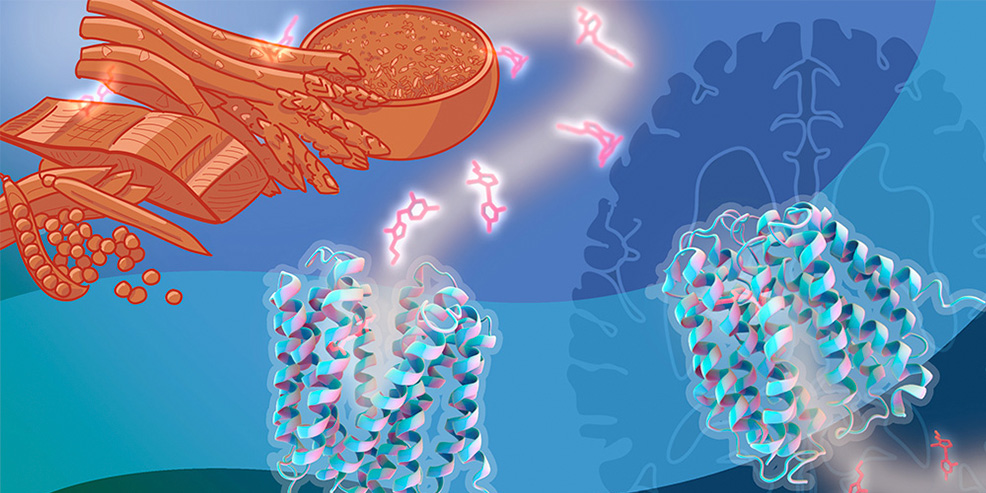Earth Observation (EO) and particle physics research have more in common than you might think. In both environments, whether capturing fleeting particle collisions or detecting transient traces of ocean plastics, rapid and accurate data analysis is paramount.
On this Earth Day, as we reflect on our responsibility to reduce plastics for the benefit of our society and all life on our planet, we are excited to present a new EU project, Edge SpAIce. It applies CERN’s cutting-edge AI technology to monitor the Earth’s ecosystems from space in order to detect and track plastic pollution in our oceans.
“In particle physics, the trigger system plays a critical role by swiftly determining which data from the particle detector should be retained, given that only a small fraction of the 40 million collision snapshots taken each second can be recorded. As the data influx at the Large Hadron Collider (LHC) has grown significantly over the years, physicists and computer scientists are continually innovating to upgrade this process – and this is where AI technology comes in,” says Sioni Summers, a CERN physicist working on the CMS experiment at the LHC, who is supervising this work.
Edge SpAIce is a collaborative endeavour involving CERN, EnduroSat (BG) and NTU Athens (GR) and coordinated by AGENIUM Space. Its aim is to develop a specially designed on-board system for satellites that will make it possible to acquire and process high-resolution pictures using a DNN (Deep Neural Network). The system will use the “edge AI” approach, in which data is processed in near real-time directly on the satellite, mirroring the efficient filtering of LHC data in particle detectors at CERN. This means that it is not necessary to transmit all of the captured data back to Earth but only the relevant information – in this case, the presence of marine plastic litter. The system will also be deployed on FPGA hardware developed in Europe, which will improve competitiveness. This could open the door for a whole new market for EO services and applications.

About CERN
Founded in 1954, CERN is the European laboratory for particle physics. Sitting astride the Franco-Swiss border near Geneva, it was one of Europe’s first joint ventures and now has 22 member states. CERN operates a unique range of particle accelerators that enable research into the fundamental particles and laws of the Universe, including the Large Hadron Collider (LHC), the largest scientific instrument on Earth. The 60-year history of CERN is marked with impressive achievements in the construction and operation of powerful linear and circular accelerators. Moreover, CERN offers unique infrastructures for the development of the most sensitive particle detectors in the world, including the four main LHC detectors – ATLAS, CMS, ALICE and LHCb. General-purpose test beam lines provide beams of electrons, muons and hadrons in a very wide energy range for testing the detectors used in the LHC and in its major upgrade, the High-Luminosity LHC, as well as in future colliders and in neutrino experiments.
Earth Observation (EO) and particle physics research have more in common than you might think. In both environments, whether capturing fleeting particle collisions or detecting transient traces of ocean plastics, rapid and accurate data analysis is paramount. On this Earth Day, as we reflect on our responsibility to reduce plastics for the benefit of our […]



